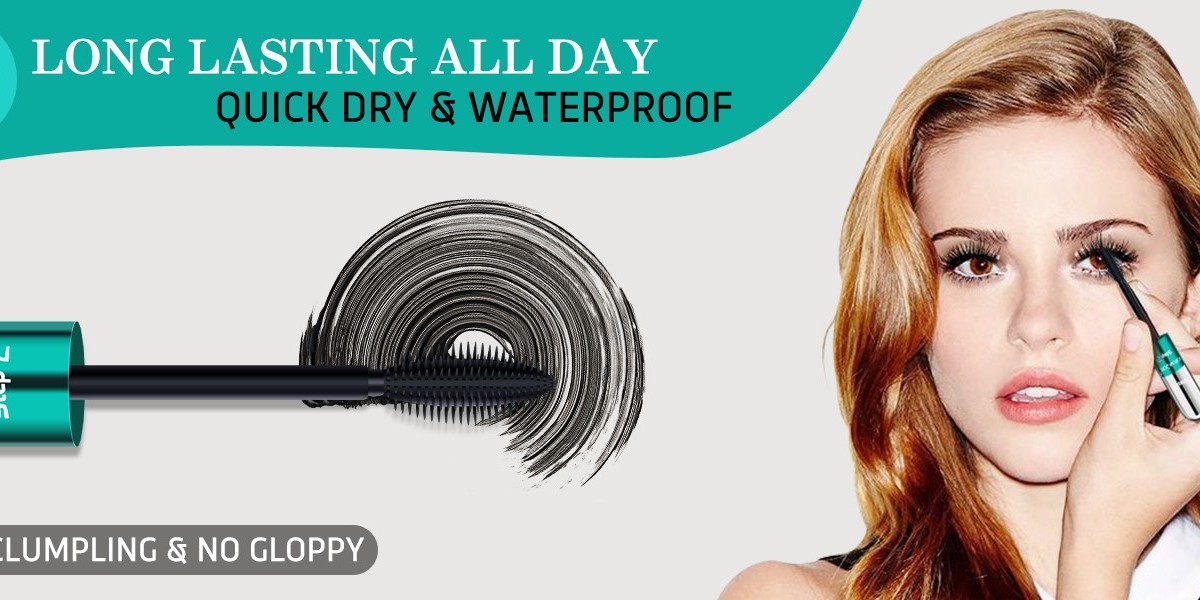Generally speaking, toenail removal is usually indicated in the management of persistent toenail problems, including severe cases of ingrown toenails or infections and trauma to the nail. This simple procedure that offers considerable relief from continuous discomfort may constitute a follow-up to even better growth of the toenails. Several stages and signs describe the process that heals after a toenail has been removed. Understanding these steps is very important in allowing you to set your expectations and be ready to handle whatever may be expected from each stage in the recovery process.
Stage 1: Immediate Post-Procedure (Day 1-3)
First-stage healing after the removal of a toenail starts immediately after the surgery, and rest, recovery, and protection are important. The physician will dress the affected toe in a sterile bandage that you should keep clean and dry. A little pain or discomfort may be experienced during the first 24 to 48 hours; this is entirely normal. You can take the over-the-counter pain reliever that your health professional has recommended.
During this phase, the hurt foot should not be used. If one is seated or recumbent, it is a prudent practice to keep the foot above to reduce swelling. During the first days, elevation of the foot wherever possible minimizes pulsation and provides a good flow of blood for rapid recuperation.
Stage 2: Early Healing (Day 4-7)
As one can enter the early healing phase, one starts to notice that the pain and the swelling begin to subside. The body starts to put to work in closing the wound and making it safe from infection through its natural processes of healing. You will probably change the bandage on a regular schedule so you can keep it clean according to your doctor's wishes.
At this stage, the primary focus is still to keep the wound dry, but you can start washing the foot carefully, keeping water away from the wound. You still have to monitor for any infection, which includes signs such as redness, heat, and bad smell, and, if you experience any of these, you should consult your doctor immediately.
Stage 3: Regeneration (Week 2-4)
The wound at this time is near its healing process during the second week. It should hurt only a little, and one may notice the growth of new skin over the exposed nail bed. That stage of healing after toenail removal is so vital because it is where the generation starts. The body might start rebuilding tissue, and in some other cases, a new toenail might start to grow.
During this time, one may experience itching or minor irritation as the skin regenerates. This skin should not be scratched, as it will interfere with the healing process. Open-toe shoes or loose-fitting shoes should be worn to minimize irritation and allow your toe to heal without excessive pressure.
During this period of healing, you may be advised to continue applying a topical antibiotic ointment to maintain the area soft and clear of infection. This promotes not only healing but also helps to avoid scarring and generally improves the appearance and feel of the skin while it is healing.
Stage 4: Advanced Healing (Week 4-6)
By this advanced stage of healing, the wound should be almost healed, and new skin should fully cover the area where the toenail was removed. Any discomfort should still be slight, and you could resume daily activities gradually. Still, great caution should be taken, especially in activities that will apply pressure on the toes, such as running or wearing tight shoes.
By this stage, the risk of infection is considerably reduced; however, the toe must still be watched for areas of complications. Regularly inspecting the area and maintaining good foot hygiene will help ensure that the healing process remains free of setbacks.
If there is a new toenail growing, it may take several months for the nail to fully grow. The area should be kept clean and protected during that time so as not to interfere with the healthy growth of the nail.
Stage 5: Long-Term Recovery (Month 2 and Beyond)
Long-term recovery and follow-up care are the final stages in recovering from a Toenail removal healing stages. If the toenail is completely removed, the skin in that area will continue to toughen and harden over time. The area in which the nail was removed should become virtually undistinguishable from the skin surrounding the area, and any residual tenderness should subside.
If it is a new toenail that is growing, this may take several months to completely regrow. In the meantime, the important thing to continue for the care of the toe is to keep it clean, dry, and off from undue pressure. Follow-up visits with your health professional may be advised as frequently as necessary to ensure the new nail is coming in properly and any concerns arise during recovery.
For individuals who have ever had ingrown toenails, it is best to always take precautionary measures to avoid a future condition of the same. This you can do by cutting your toenails straight across, not wearing shoes that are too tight, and keeping your feet clean and dry.
How to Ensure a Seamless Healing
Follow Your Doctor's Instructions: Perhaps one important thing that would allow the healing process to proceed without any hitches is to follow your doctor's orders regarding post-procedure care. This may include taking some medication, returning for follow-up visits, and changing dressings according to schedule among others.
Follow hygiene measures: The area should be kept clean to avoid infection. Do not wash the foot until your doctor advises you to do so, and follow his instructions on how to wash.
Watch for Signs of Infection: Increased redness, swelling, warmth, or unusual discharge may signal the beginning of an infection. If you experience any of the above symptoms immediately contact your healthcare provider.
Avoid Pressure on the Toe: This includes giving the toe ample space by wearing loose, comfortable footwear. One should avoid activities that involve applying pressure to the toe.
Be Patient: Like all other healing processes, toenails grow again in due course. They take a long, long period, and therefore, one needs a great deal of patience with all that, besides taking proper aftercare for better results.
Conclusion
Onychectomy can prove to be a very effective solution for persistent toenail problems, and understanding the various stages of healing after removal is bound to make the recovery process that much easier. Each stage, from the immediate post-procedure to the long-term recovery, is critical in ensuring your toe heals properly and without complications. A healthy recovery, one that will get you back on the road to having healthier, happier feet, can be ensured through a few steps: first, by following your doctor's advice, and second, by taking some initiative in caring for your toe yourself.









